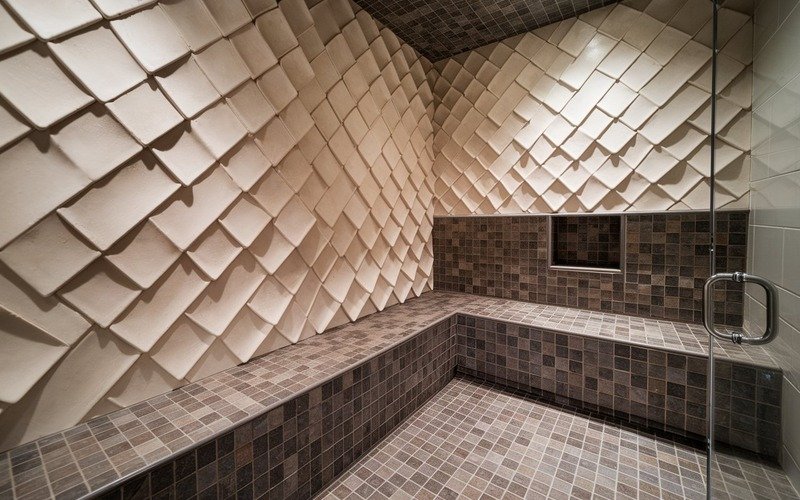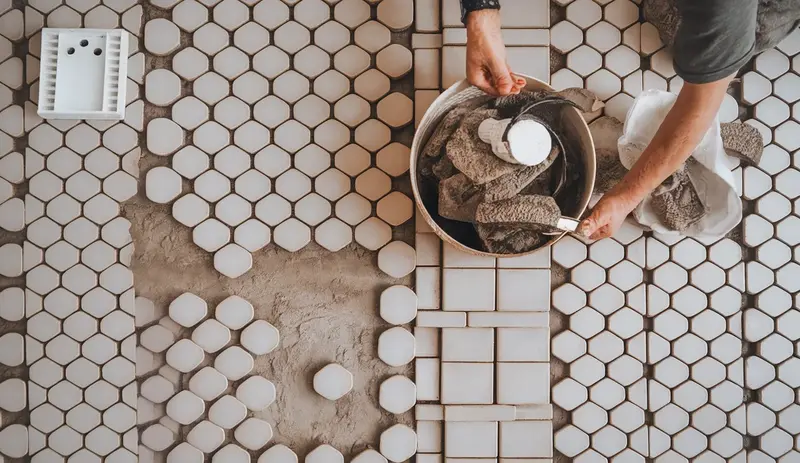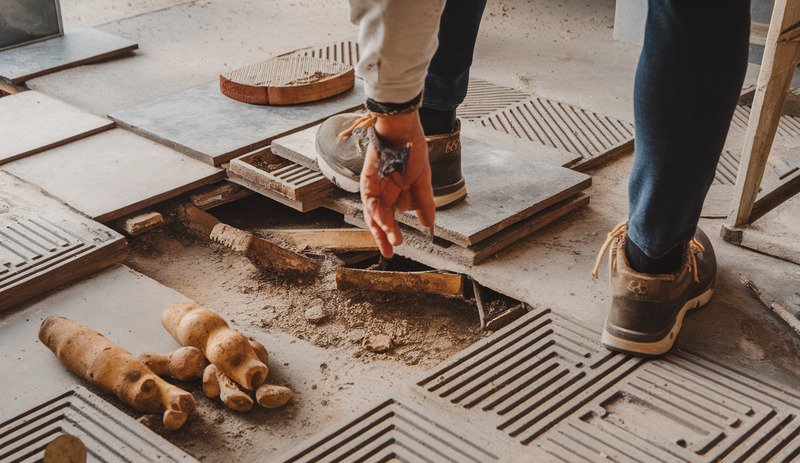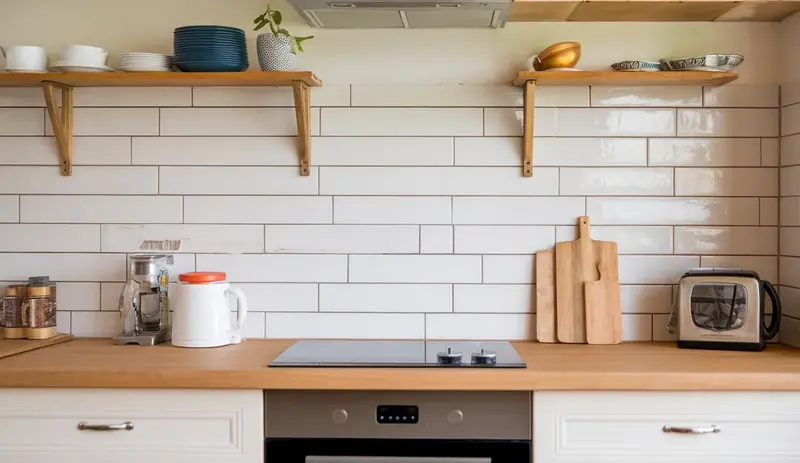Picture this: You’re dreaming of the ultimate bathroom renovation, imagining a luxurious steam shower that feels like a spa retreat. But then reality hits—not all tiles are created equal when it comes to steamy, wet environments. One wrong choice could mean expensive repairs, mold growth, or tiles that look terrible after just a few months.
Don’t stress! This guide will walk you through everything you need to know about choosing the perfect tile for your steam shower. We’ll break down the best materials, what to avoid, and how to make a choice that’ll look incredible and last for years.
Understanding Steam Shower Tile Challenges
Having worked on innumerable bathroom makeover projects, I can say with authority that steam showers are a whole different deal when it comes to tiling. They’re not your standard shower spaces—they’re essentially tiny saunas with extreme environmental conditions that can wreck the wrong kind of tile in a hurry.
Picture a room where the level of humidity stays close to 100%, the temperatures fluctuate wildly, and the moisture is quite literally everywhere. Your average bathroom tile just can’t take this kind of treatment. The steam applies intense pressure and saturates the air with moisture in ways that almost no other environment in your home does.
Choosing the right materials isn’t simply vital—it’s absolutely essential. Using the wrong tile can lead to expensive fixes, angry homeowners, and complete bathroom breakdowns. Whether you’re in Plano, Texas or anywhere else, understanding tile selection is crucial.
Top Tile Materials for Steam Shower Perfection
Porcelain Tiles
The gold standard for steam showers is porcelain. These tiles are incredibly dense, virtually non-porous, and can withstand extreme temperature and moisture changes. They are typically more expensive, but worth every penny in durability.
Natural Stone
Even though it is attractive, natural stone takes more looking after. Marble and granite can do the trick, but they need regular attention and, most importantly, retouching when the sealant begins to wear off. When using natural materials, always opt for denser, less porous stones like slate or granite.
Glass Tiles
A breathtaking, contemporary appearance is what these compositional elements provide. However, they do come with some cautionary tales. They are non-porous and impervious to moisture, but can be slippery and more fragile to work with than some other options.
You May Be Interested In: What Waterproofing is Needed Behind Shower Tiles?
Installation Secrets Professionals Know
Preparation is everything. When tiling a steam shower, 70% of the work puts you in position to succeed. Only 30% of the job is actual tiling. The work that precedes the act of placing tile is more than twice as important.
Waterproofing is essential and can’t be ignored. Ensure that you have a top-drawer membrane that creates a completely sealed environment. Taking cheap shortcuts here will lead to expensive repairs down the line. If you need professional help, check out Star Tile and Surfaces for expert guidance.
Maintenance Tips to Protect Your Investment
- Use cleaners that are pH neutral and specifically designed for your type of tile.
- Squeegee surfaces after each use.
- Ventilate the space thoroughly.
- Every few months, deep clean the tile and the joints with a cleaner that’s safe for both.
Common Mistakes to Avoid
The biggest mistake? Favoring appearance over functionality. Take budget constraints into account, but don’t let them lead you to poor decisions. A $2 tile that fails in two years ends up costing much more than a $10 tile that lasts a decade.
Be careful: Installing these systems could be a real trial, as they’re all about managing moisture. If you’re not 100% confident in your skills, hire a pro. One mistake and you’re looking at thousands of dollars in water damage.
Choosing the correct tiles for a steam shower isn’t merely about looks; it’s about crafting a robust, lasting environment that functions fantastically for years to come.





